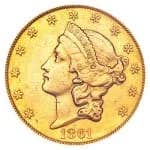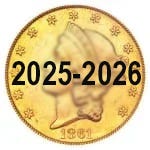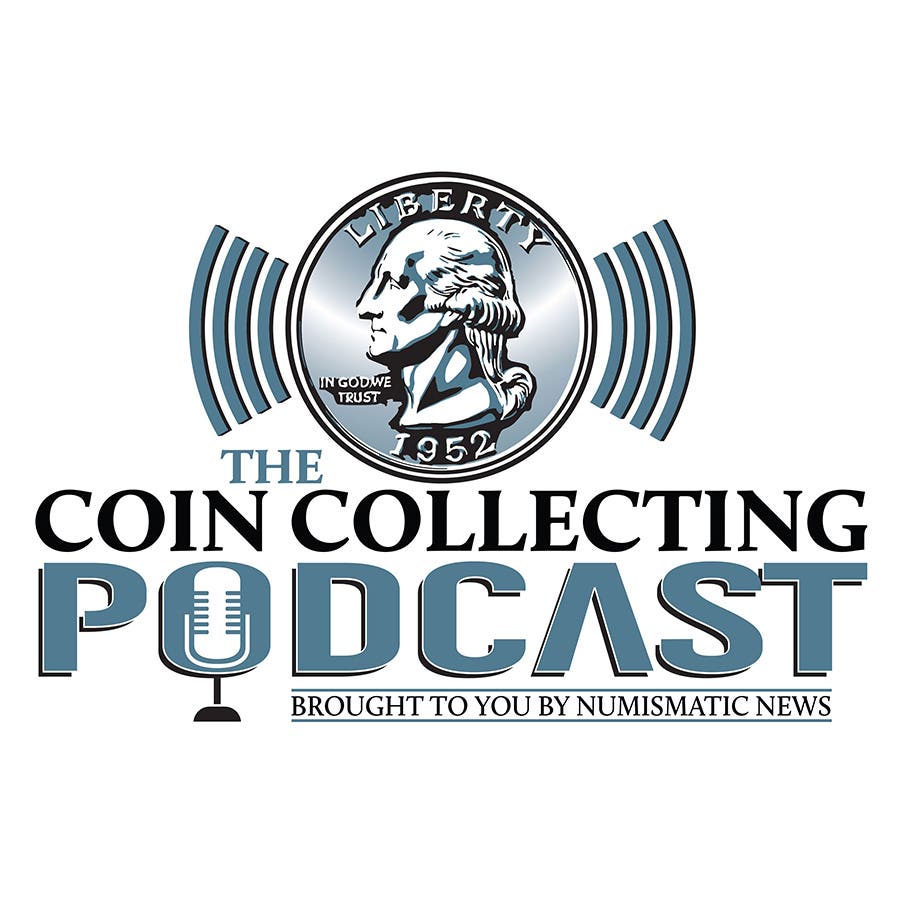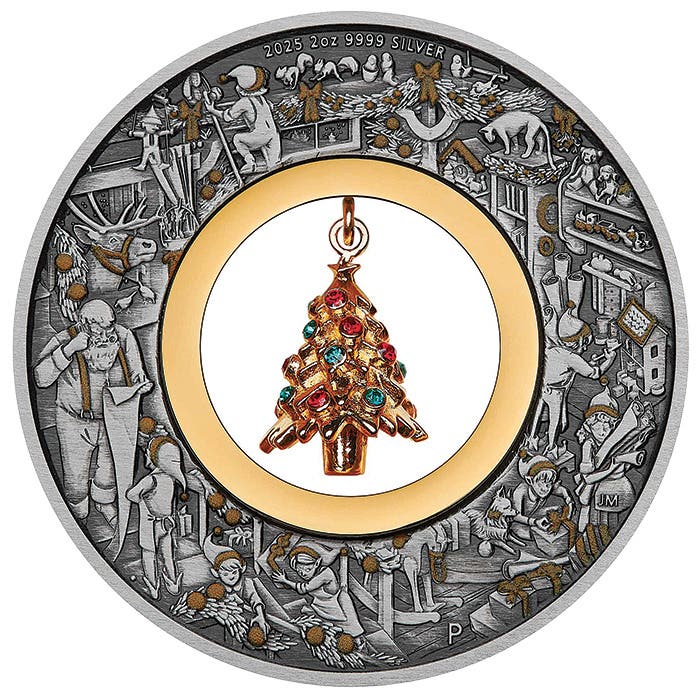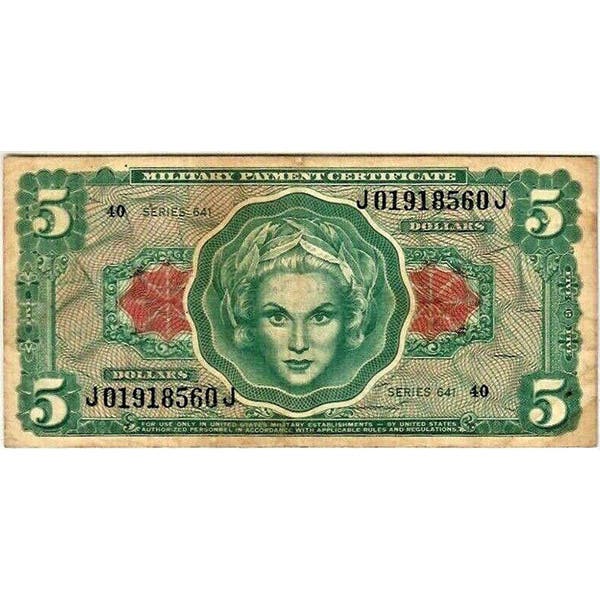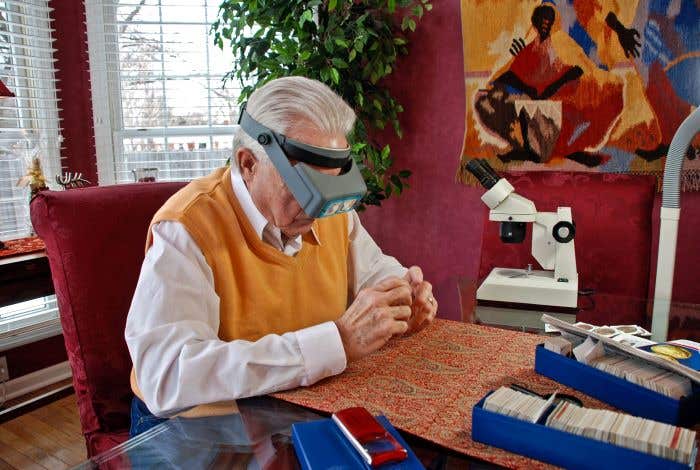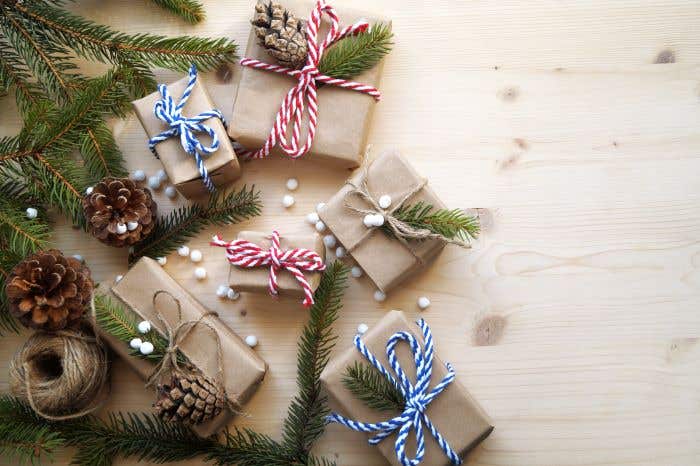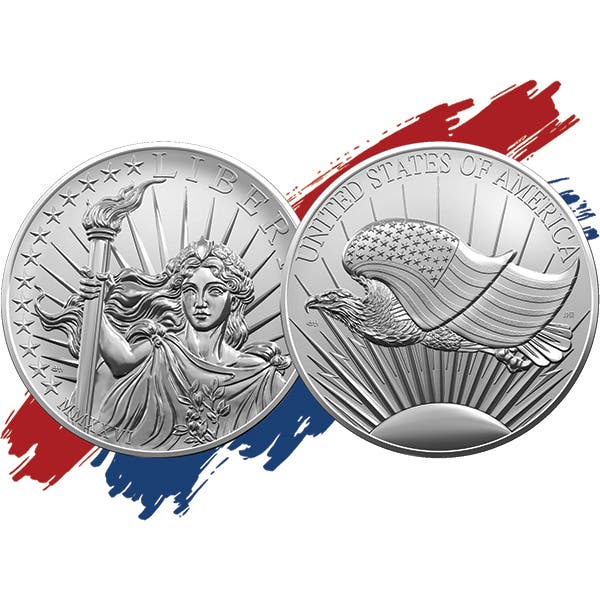Poll Question: Have you ever bought coins “near melt” with the hope of future numismatic appreciation? What happened?
From the September 26, 2025, Numismatic News e-Newsletter, respondents shared wins and lessons—some saw strong gains, others still wait, but all valued silver’s safety net.
Still in progress...I bought 100 Barber Quarters with most AG or worse... I've sold one at cost so far.
David Hannes via Facebook
I still have six rolls of Mercs I bought off of eBay in November of 2005 for around 60 percent of melt. They were listed in the Antiques section, not in Coins & Paper Money. I was the only bidder, and at the time, silver spot was a little over $8, and I paid $120 for the lot. Today, they are worth $1,000 just in melt value.
Tim Stroud via Facebook
I buy silver coins by the kilo. A local dealer buys whole collections, usually a few nice items and lots of junk. He pays someone to sort through the world coins and pick out everything with silver content, which he then sells to me. I go through it and work out how much silver is there, and I pay him spot.
It all depends on the middleman sorting through the junk as to what I get. He gets paid in world coins, so he will pick out a few for his collection. He will also pull out rare coins for individual sale in the shop. I always get a few coins, which you would think were made of silver, but actually aren't, and there are always a few coins that the middleman couldn't identify, which end up in the scrap silver pile for me.
Out of four kilos of coins, I will generally get one or two coins that are worth above the melt value if I can find someone who actually wants to buy them, but just being low mintage doesn't always make them popular or easy to sell. They are not good grades, but anything with a mintage under 1,000,000 I put to one side for further research.
Occasionally, I get some nice coins, usually the Arabic or Chinese coins, which are harder to identify from catalogs but easier to identify online. Sometimes I get some nice tokens, but mostly they are in the scrap pile for a reason.
I have a couple of binder pages full of coins that would sell for a decent price on eBay if I could get around to selling them, but they exist on my spreadsheet at their melt value.
Mark Livett, via Facebook
This question is like attempting to mix apples with oranges. Not very often successful. I bought several sets of the Franklin D. Roosevelt $5 gold in proof and unc. at relatively close to spot many years ago, thinking that the future numismatic value would eventually be higher (I even thought that more people would see the immense irony of placing a portrait of FDR on a Gold coin!). While they have appreciated, the appreciation is tied to the higher intrinsic melt value, and has little or nothing to do with greater numismatic appreciation. The higher intrinsic melt value today is related to the serious slide in the value and desirability of the United States dollar, not to any greater national prosperity or education, increasing the number of coin collectors.
Robert Olson via Facebook
I once bought three rolls of silver 1964 Washington quarters in uncirculated condition about 10 years ago, and sold them recently, and more than doubled my investment.
Dave Burdis, Charleroi, Pa.
Yes, when gold was at approximately $1,500 an ounce about 5 years ago, I thought it was undervalued. Rather than buy bullion, I bought double eagles. I was able to purchase eight of them, graded by NGC or PCGS in MS 63 and 64, both St Gaudens and Liberty type, for $1,600-$1,800 each. I totally bought them on speculation, as they were more common dates like 1904, 1927, etc., but since they had numismatic value, it served two purposes for me. With silver currently at about $45 an ounce, I wish I had about $500 of junk silver.
Either way, the double eagles are all worth in the $3,600-$3,800 range each, so it was a good investment.
Roy, Address withheld
It has always been my contention that if I can buy numismatic coins near melt, they will always be worth at least melt, whatever that is or becomes. As a collector, though, I specialize in errors and varieties and always study such coins from all perspectives. Q. David Bowers opined some years ago about the rarity of Error/Variety coins, and that got me interested in learning that field of endeavor. Lately, I have visited several pawn shops that also buy and sell such coins, but do not always have the ability or desire to readily spot things like the 1942/1-P or D Mercury Dime variety, especially if they are tarnished, or other overdates, RPMs, OMMs, DDOs, DDRs, etc. Also, when I buy bulk from them, it is not unusual to find some earlier date coins mixed in from the 1800s. I used to buy silver dollars, but they have gotten too expensive for me, so I now concentrate on silver half dollars, quarters, and dimes.
I have also spotted several, as yet, unlisted varieties which may be valuable even in lesser conditions, simply by virtue of being "Discovery" coins to represent such finds. Then, too, some coins are placed into these bins simply because they are tarnished coins and have negative initial eye appeal. There, too, several such examples are, in fact, still mint state and warrant holdering and keeping. I used to do this with regular coin dealers, but they have mostly graduated to doing what I do before selling the already cherry-picked remains, which is still a good silver buy but does not often result in the spectacular finds that I enjoy locating. Of course, future appreciation will depend entirely on the overall market and economy, but the enjoyment of finding some of these rarities lasts me forever.
Roger Reiner, Address withheld
Long ago, maybe 50 years ago, I was at a dealer in Lathrup Village, Mich., and he had just bought a large stack of Walking Liberty Halves Book Two. He was taking out the 38-Ds from each and shaking the folders over a garbage can full of silver. I asked if I could buy some from him at the silver price, and he agreed, so I bought a bunch for I think $1.25 each: 37-S, 46-D, and others.
Bob Lessnau, Southgate, Mich.

